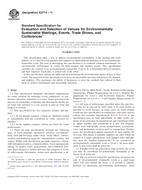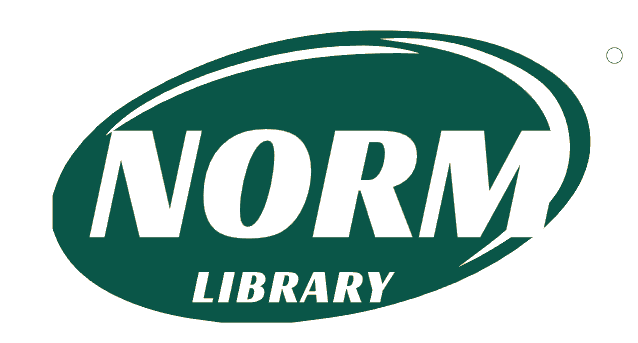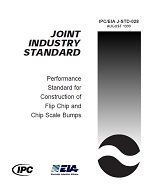
ASTM E2774
Original price was: $54.00.$32.00Current price is: $32.00.
Standard Specification for Evaluation and Selection of Venues for Environmentally Sustainable Meetings, Events, Trade Shows, and Conferences
| Published by | Publication Date | Number of Pages |
| ASTM | 11/01/2011 | 12 |
ASTM E2774 – Standard Specification for Evaluation and Selection of Venues for Environmentally Sustainable Meetings, Events, Trade Shows, and Conferences
1.1 This specification delineates procedural requirements for venue selection for meetings, events, tradeshows, or conferences (hereafter, referred to as events). Venue selection is the practice of researching, evaluating and choosing the facility for an event. Site selection is a core activity to plan an event and bring it to fruition.
1.2 This specification has two categories: planner and supplier:
1.2.1 In the planner category, criteria are identified related to sustainability that are considered in venue selection by planners.
1.2.2 In the supplier category, criteria are listed for venue professionals.
1.3 There are nine specifications covering the following areas of event planning: destination selection, accommodations, food and beverage, audio visual, onsite offices, communication and marketing materials, transportation, exhibits, and venues. Within each specification are eight categories' criteria: staff management policy, communications, waste management, energy, air quality, water, procurement, and community partners. Each category is further split into four progressive levels of achievement. Information within each specification is divided as follows: Main Body-Scope, Referenced Documents, Terminology, Planner Requirements for Level 1, Supplier Requirements for Level 1, and Keywords; Annexes-Planner Requirements for Levels 2 – 4 and Supplier Requirements for Levels 2 – 4.
1.4 All areas of performance specified under this specification may not be relevant for each event, or for each facility or provider of event services. In some cases, an event planner would use this specification in conjunction with other specifications (for example, Specifications , ) or this specification may be used individually. In other words, elements of an event may be separated out and considered solely, or added together and considered as a unit (for example, venues used individually versus transportation, accommodations, and destination selection used in conjunction). Furthermore, the specification applies separately to each supplier for an event. This means if multiple suppliers are used within the context of a single specification, each supplier must individually meet the supplier requirements. To be considered an environmentally sustainable event at Level 1, all areas applicable to that event shall be achieved.
1.5 If higher levels are achieved in some sections, the event can only be considered environmentally sustainable at the lowest level achieved.
1.6 The use of levels within this specification recognizes the path to environmentally sustainable events is a multi-stage effort. The idea behind the levels is to provide a coherent baseline for measuring environmental performance, while being flexible enough to adapt to the needs of more advanced planners and establish a performance path that encourages further environmental performance improvement. In addition, the evolution of products and services to support events is expected allowing additional advancements and underscoring the dynamic nature of environmental sustainability. This specification primarily focuses on environmental sustainability, while some aspects of economic and social sustainability are included recognizing the complete path toward overall sustainability.
1.7 The values stated in inch-pound units are to be regarded as standard. The values given in parentheses are mathematical conversions to SI units that are provided for information only and are not considered standard.
1.8 This standard does not purport to address all of the safety concerns, if any, associated with its use. It is the responsibility of the user of this standard to establish appropriate safety and health practices and determine the applicability of regulatory limitations prior to use.
Product Details
- Published:
- 11/01/2011
- Number of Pages:
- 12
- File Size:
- 1 file , 140 KB
- Note:
- This product is unavailable in Russia, Ukraine, Belarus


